25 Best Tourist Attractions to Visit in Egypt
1. Suez
Suez is situated to the east of the Nile Delta, located at the Southern onset of the Suez Canal. It has an excellent and long history dating back to the dominion of the 6th Pharaonic dynasty during the time when kings utilized the city to defend the eastern region of Egypt from attackers. There aren’t a lot of eminent draws within the city, but only a few miles outside of it is Ain Musa, the Springs of Moses where two of the twelve fountains referred to in the Book of Exodus still remains today. Just north of Ain Musa is the Military Touristic Memorial made by the Egyptian army to commemorate their triumph over the Israelis.
2. Sharm El Sheikh
Sharm El Sheikh is situated in the southernmost region of Sinai, located where the Aqaba Gulf and Suez Gulf merge, with the Red Sea to the south. The city was given the honor of Finest City in the World for Peace and Beauty by UNESCO, creating it a beloved tourist destination. It is one of the most fantastic towns in the world, containing glorious mountains, wonderful flora, and fauna unlike anywhere else, and attractive coral reefs. The bustling city has plenty of restaurants, discos, internationally exoteric bars, and cafés. Its beaches are the key attraction, providing plenty of entertainment activities such as diving, snorkeling, jet skiing, boating, and windsurfing.
3. Safaga
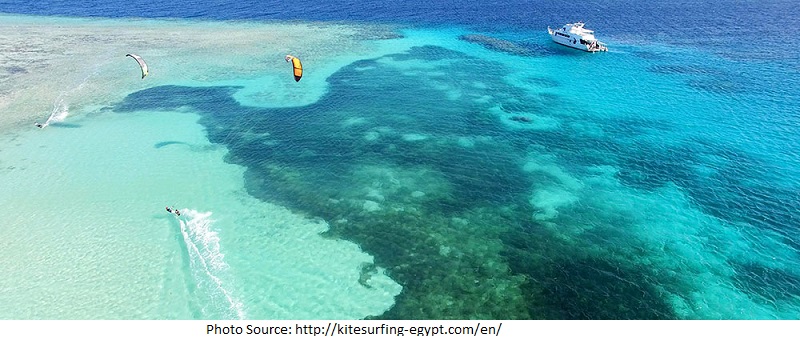
Safaga is a seaport just south of Hurghada linked to a cruise shuttle service line with Saudi Arabia and Jordan. It is a famous center for exceptional medical research that helps in drawing international tourism to the area. This is for its unspoiled atmosphere and mineral fountains, which are reputed with acting as a cure for psoriasis and rheumatoid arthritis. Since it verges the Red Sea, Safaga is also familiar for its windsurfing and not so crowded diving in the turquoise waters stuffed with coral reefs and sea life. Just a little north of the town there is a slice of beach with hotels and diving and windsurfing sites.
4. Sadat
Sadat is situated mainly in the northern part of Egypt west of the city of Cairo. It is famous and respected as one of the largest industrial cities in the country. Sadat is encompassed by more than 215 square miles of the green belt, creating it one of the top ten environment- friendly industrial cities in the Middle East. The city itself is often focused on reserving agronomical fields in the area but includes plenty of sites and draws as well. There are many mosques and churches throughout the city that exhibit the charm and generosity of Islamic architecture such as the Abd El-Aziz Ezz Mosque and the Virgin Mary Church.
5. Rosetta
Rosetta is northeast of the city of Alexandria, situated on the western bank of the River Nile. Its largest claim to reputation was the discovery of the notorious Rosetta Stone in 1799, the black basalt stone wore three separate bands of writing. The upper surface was hieroglyphics, the middle was Egyptian script, and the base was written in Ancient Greek. It was disclosed afterward that this was a regal firman saying it required to be written in the three languages used at the time. The houses of Rosetta are famous fixtures too at this place, a collection of architecturally wonderful, poly-level homes. The most aristocratic is the previous home of Arab Killy, the Ottoman governor of the city.
6. Qalyub
Qalyub is located in the Al Qalyubiyah governorate in Lower Egypt at the end of the Nile River Delta and exactly north of the metropolitan city of Cairo. It is a famous economic center and outstretched agricultural area. The printing press for Al-Ahram, a well-known newspaper, is situated here and said to have been constructed using the equipment from the ancient Heliopolis, which stands only a few miles away. There are some significant sites in and around Qalyub for instance wonderfully preserved ancient mosques like the Great Mosque. Other mentionable attractions include the Theodor Bilharz Research Institute, Shubra El-Kheima, Plastic Stadium, Al-Matariyyah, and Ain Shams.
7. Port Said
Port Said is situated along the coast of the Mediterranean Sea and is thought to be the third most significant city after Cairo and Alexandria for its location at the gateway of the Suez Canal. There are plenty of noteworthy places and memorials throughout the city, including the Port of the city, the second largest port in the country. The Suez Canal Authority Building is one of the most famous and significant instances of Islamic buildings, an architectural jewel worth a trip. Cultural attractions include the Museum of Modern Art, the Military Museum of Port Said, and the Port Said National Museum. There is also a duty-free region, making it an ideal locale for shopping.
8. Nuweiba
Nuweiba is a fantastic, constantly flourishing town located between Taba in the north and Dahab in the south and facing Jordanian port city Aqaba, forming it a vital Egyptian port in the Gulf of Al Aqaba. The Nuweiba port is also the most important entrance to Asia and the Arab world, and a duty-free area containing plenty of supermarkets and stores. The city is home to some mineral water wells and has an array of Bedioun settlements providing an unparallel ambiance to the region. The key tourist movements in Nuweiba are snorkeling and diving at the different coral reefs as well as safari tours to the desert.
9. Naj Hammadi
Naj Hammadi, situated in Upper Egypt, is a little town in the Qena governorate of the River Nile’s west bank. Its largest claim to reputation is the iconic Naj Hammadi Library, which contains a collection of an old codex. These famous codexes date back to the fourth century AD and are written in Coptic, but many think they were translated from Greek. They have given important acumen into the characteristic of Gnosticism in early Christian history. One of the most incredible features of these codexes is that they include the sole copy of the gospel of Thomas. The neighboring town of Faw Qibli is also important, as its mining has given validity to the codex.
10. Mersa Matruth
Mersa Matruh is Egypt’s most wonderful Mediterranean City with a wide number of amazing beaches. This historic city is said to date back to the time of Alexander the Great, who is also thought to be the founder of the city. During old times, it was the beginning point to Siwa where the temple of the god Amoun was situated and visited routinely by Alexander. It used to be a fantastic seaside village but has been changed by development to house several hotels, stores, and modern advantages such as fast food shops as well as traditionary restaurants. It is well-known for its shopping malls and water sports opportunities such as surfing, jet skiing, and paddle boating.
11. Marsa Alam
Marsa Alam is a shore area along the Red Sea located just over 80 miles south of Al-Qusseir and joined to Edfu by a nearly 180-mile long desert road. It’s become a big attraction to visitors over the years, thanks to its plenty of fantastic beaches and monumental places. This former little fishing village has changed into a seaside Mecca, well known for its diving and sea tours bragging unique diving spots and coral reefs. There are also several outdoor sporting activities on land, marvelous markets, and stores selling everything from curing herbs to jewelry, as well as a mob of adventure activities such as camel, buggy, or motorcycle trips into the desert.
12. Luxor
Luxor is thought to be the biggest open-air museum in the world. It has been assumed to contain about one-third of the world’s most expensive antiquities and memorials. The list of these sites is too immense to catalog, but some of the most noteworthy are The Luxor and Karnak Temples, the Valley of the Queens, and the Valley of the Kings. Deir El-Medina’s laborer’s village and the Mortuary Temple of Hatshepsut, Deir El-Bahri are two extra top draws. The Luxor Museum and the Mummification Museum, which exhibits the preservation of the corpse for the afterlife, gives tourists a view into the country’s affluent historical and cultural tradition.
13. Ismailia
Ismailia is a well-known tourist destination familiar for its charm and position along the Suez Canal. It was constructed on Tesmah Lake’s west bank amidst Suez in the south and Portsaid in the north. The city, which has flourished swiftly over the past few decades, is familiar as one of the most fascinating cities in the country with an aristocratic European style, neat and clean streets, and several attractive gardens. There are different primitive beaches along Tesmah Lake, several museums, for instance, the De Lesseps Museum (the past home of the iconic engineer Ferdinand De Lesseps) and historical places from the Roman, Pharaonic, Islamic, and Coptic times.
14. Hurhada
Hurhada is a prime tourist destination, accepting over 2.5 million tourists each year and extending less than 45 miles along the Red Sea coast. The weather is charmingly moderate throughout the year, creating it the ideal locale for various watersport activities including deep-sea fishing, windsurfing, and sailing as well as snorkeling and diving in offshore submerged gardens to experience colorful fish and some of the world’s most beautiful coral reefs. There are more than 170 delicate beach hotels and resorts containing a wealth of pleasantry and six off-shore islands that are worth a tour: Gifton, Sheduan, Umm, Abu Ramada, Dishes El Dhaba, and Abu Minqar.
15. Girga
Girga is well-known for its desert, parting its borders with the River Nile’s west bank. It is categorized as a hot desert and has exceptionally hot summers. The region has plenty of iconic and famous draws, for instance, el-Sini, which is thought to be the most ancient Roman Catholic Monastery in Egypt; the age-old site Beit Khallaf where graves made of mud brick abide; and the Porcelain Mosque. Girga is also well-known for its sugar refinery, dairy, and cotton weaving industries. It vends some of the world’s excellent pottery made of the greatest attribute. Exactly outside of the city are the ruins of the old city of Abydos, a Catholic monastery.
16. Faqous
Faqous is a town situated in the Ash Sharqiyah Governate that is right over 300 square miles and contains many villages and tiny towns. It is a prime agricultural region comprised of peasants and Bedouin residents. Textiles and food industries are the key contributors to commerce. It provides tourists a wonderful mixture of heritage and modernity with different memorials and museums that exhibit the area’s affluent cultural past, as well as hotels, boutiques, and restaurants. Faquos is also famous for its vicinity to some popular and significant cities such as Cairo, Port Said, Al Mansurah, Ismailia, Tanda, Al Mahallah al Kubra, and Zagazig.
17. Daraw
Draw, located south of Kom Ombo, is mainly famous for its camel market, Souq al-gimmal, where tourists can watch thousands of camels in one place fetched from Modurman in Sudan, Abu Simbel from the north as well as Wadi al-Alagi. Goats, cows, and other livestock are sold here too. Nubian men in tuk-tuks vend Egypt’s spinach, molokheya, and mint. After tasting this once-in-a-lifetime draw, there are some sites outside of Daraw worth a tour. These consist of the old temple of Contra-Ombos, the mines at Gebel el- Hamman, and El-kubaniya, a quaint village with some early Egyptian graveyards.
18. Dahab
Dahab is a wonderful tourist destination well-known for its gold sand beaches. It spreads over 700 square miles and is located in Southeastern Sinai on the Aqaba Bay, containing two other principal bays, Ghazala and Al Qora. Diving is the key activity in Dahab, and the preserved area of Ras Abu Galuom is the prime location for it. Al Masbat is the economic and tourist headquarters of the city providing plenty of souvenir shops, Bedouin-style cafes, diving centers, and camps. The best beaches are the Blue Hole, a massive hole inside the sea formed by a falling star that knocked the earth during ancient times, and the Lighthouse, which is wonderful for diving.
19. Cairo
Cairo, the biggest city in Africa and the capital of Egypt, is located on both sides of the River Nile at the tip of the river’s delta. Its name means the triumphant city, and it has been established for more than 6000 years, containing some river islands and featuring various businesses, cultural institutions, universities, hotels, and government offices. The center of downtown Cairo is Tahrir Square, an outstretched and open square bragging different draws, for instance, the Arab League Headquarters and the Egyptian Museum. The prime views that should be seen when visiting Cairo are the Pyramids of Giza & the Sphinx, the Step Pyramid at Sakkara, and the Castle of Saladin.
20. Bernice
Bernice is a little coastal town located along the Red Sea, nearly 7.5 miles south of Marsa Alam. It is famous for being very affluent in fish, and it served as a significant port during the Ptolemy era. Now, the city acts as a significant therapeutic center and is thought to be a geological phenomenon filled with semi-precious jewels. The region is also home to innumerable remains such as an Ancient Ptolemaic temple, and mining still regularly happens here, specifically on Greco-Roman memorials. Tourists to this area are consulted to visit the neighboring Marsa Alam, a port and resort city, and El-Quseir, magnificent for camping and watersports.
21. Aswan
Aswan is the 3rd biggest city in Egypt and the biggest in Upper Egypt, situated at the foundation of the Nile Valley. It is a beloved destination for visitors since it’s a prime stop for cruise ships touring along the Nile River and Lake Nasser. Its position slightly north of the Tropic of Cancer provides it a hot climate throughout the year, so tourists should put on hats and take much water. Some of the region’s most wonderful attractions are Abu Simbel, Pharaonic Temples, the Botanical Gardens on Kitchener Island, the Temple of Dakka, and the Tombs of the Nobles.
22. Alexandria
Alexandria was a city proposed by Alexander the Great in 333 BCE after remaining overnight in the Reqdt village, located between Lake of Marriott and the Mediterranean Sea. While there, he determined a great city should be established and put architect Dinocratis in charge of constructing it. The city flourished for decades until the Romans conquered the region and established a new city in 30 BC. During their rule, most of them were ruined due to mutiny, civil wars, and natural disasters. The city’s ruins are seen through various graveyards’ from the Ptolemic era to the Roman era. Other beloved memorials include Pompeii’s Pillar, Quaitbay Citadel, and the Montazah Gardens.
23. Al Badari
Al Badari is located amidst Matmar and Qau in Upper Egypt, holding just more than 18 miles of land along the Nile River’s east bank. It’s most famous for its Predynastic graveyards with Mostageddan and Dier being the most well-known places. These graveyards educate tourists about the social history and chronology of the Badarian era. The 40 settlements and 600 toms that have been excavated show that the Badarian commerce prospered between 5500 BC and 4000 BC, with animal farming, fishing, and agriculture playing significant roles in their economy. Each place provides plenty of artifacts that give acumen into the Badarians daily lives as well as their burial exercises.
24. Taba
Taba is a wonderful resort town overlooking the Red Sea on the famous Riviera, the Gulf of Adaba on one side, and mountains on the other. There aren’t many draws outside of the resort hotels, but they contain plenty of restaurants and boutique stores as well as a championship golf center. This is the model town for those who just want to enjoy relaxation by the pool or beach while drinking signature cocktails with family and friends. The two outstanding draws in and around Taba are the Taba Museum, which exhibits nearly 700 pieces of South Sinai antiquities from the Pharaonic Era, and the Castle of Saladin.
25. Zagazig
Zagazig is a big city in the Eastern region of the Nile Delta, and it is the epicenter of the Sharkeya Governorate. This contemporary city has an excellent and wonderful place where it overlooks the River Nile, Muweis Canal, and Ismailia Lakes. Now, the city is separated into two main regions: Hay Awal, the first neighborhood, and Hay Thany, the second neighborhood. Some of the most famous public squares include Tala’ebHarb, El Sagha, Sphinx, El Tahrir, and El Montazah, each contains restaurants, cafes, and entertainment structures. The Grand Mosque of Zagazig, built by Mohamed Ali Pasha, is an architecturally wonderful and significant structure of this region.


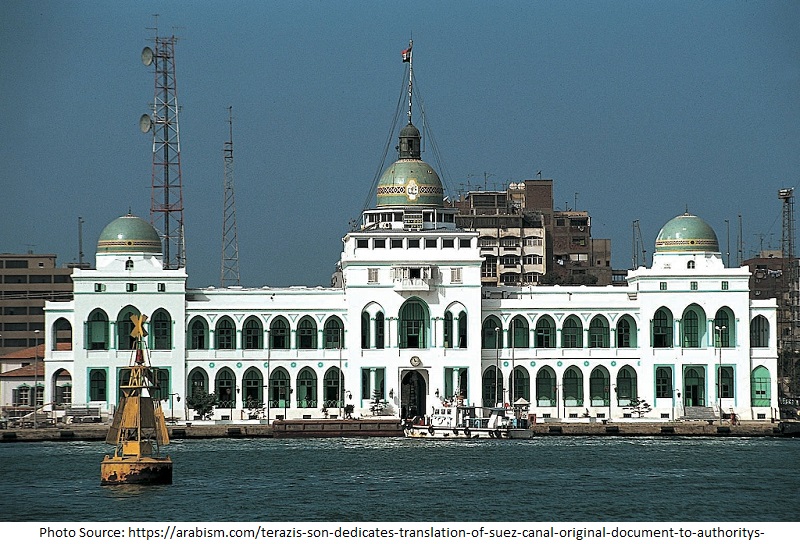
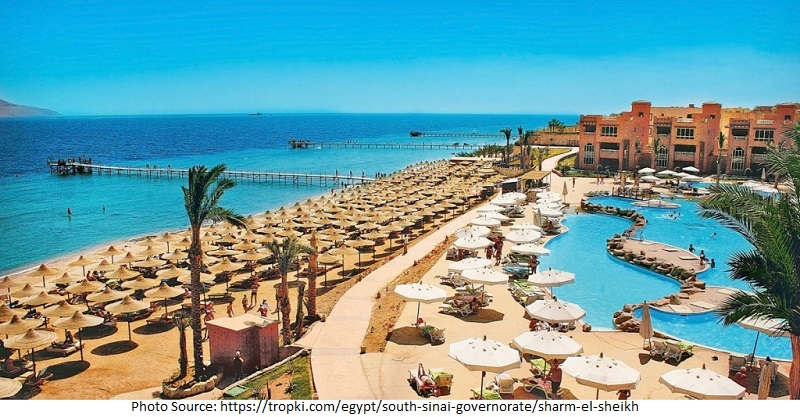
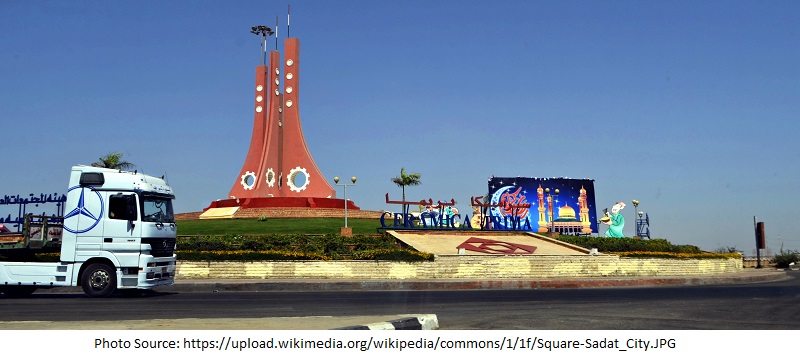
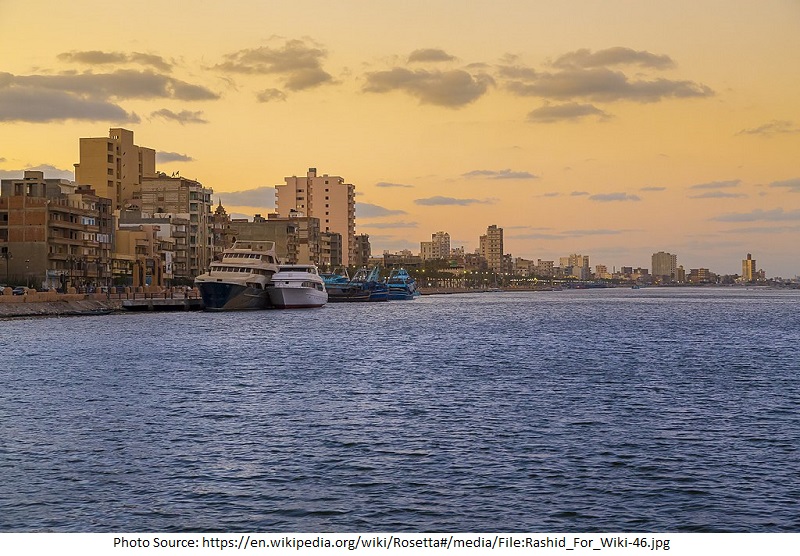
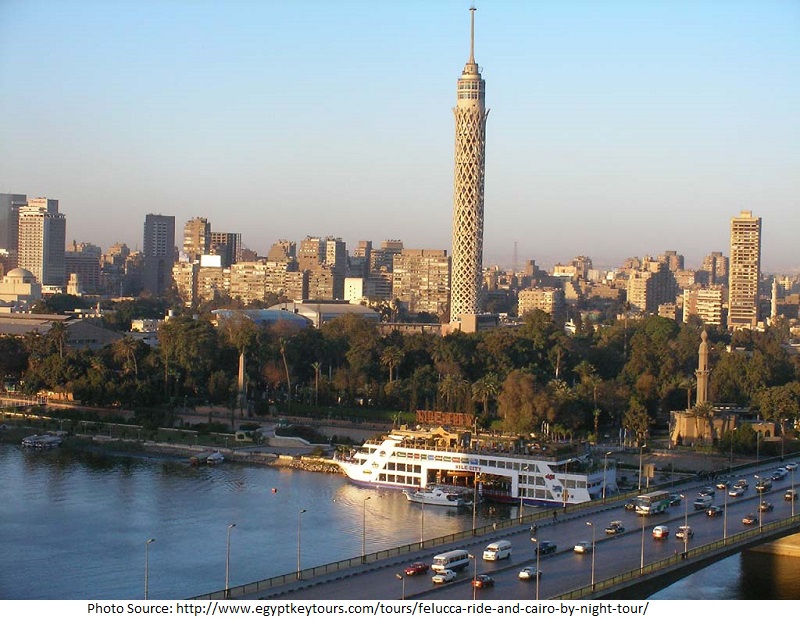


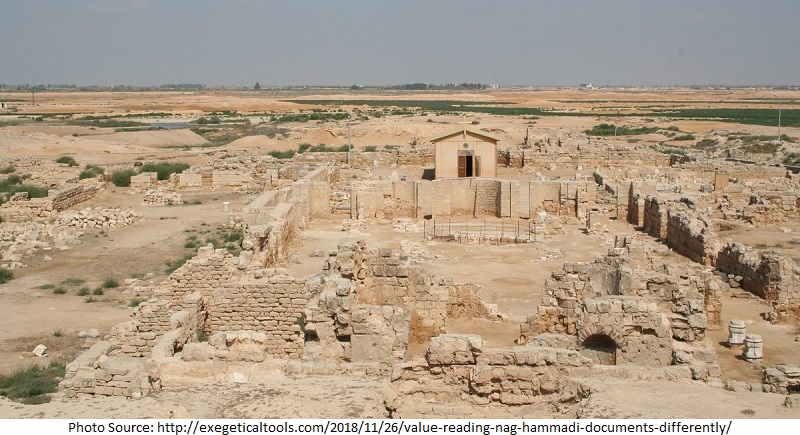

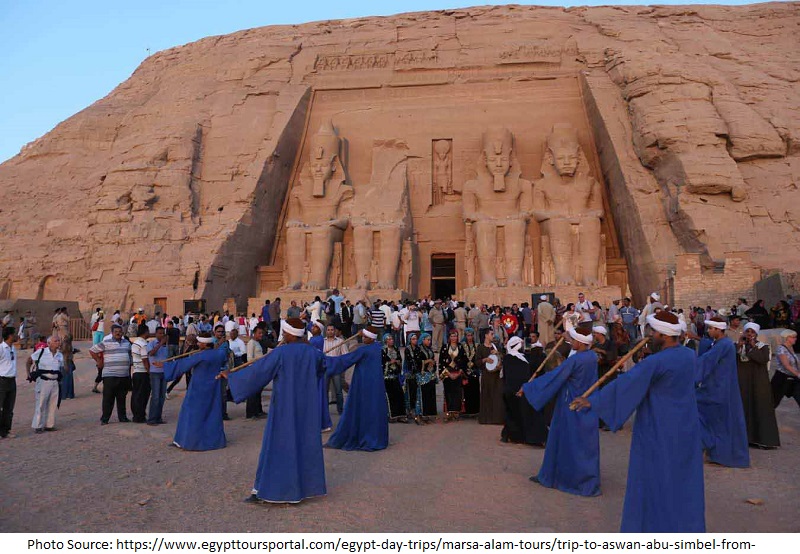
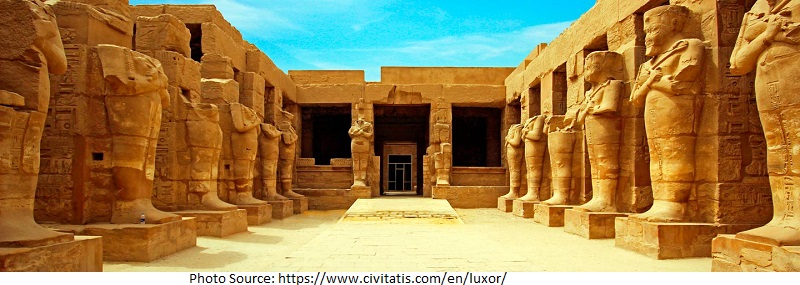
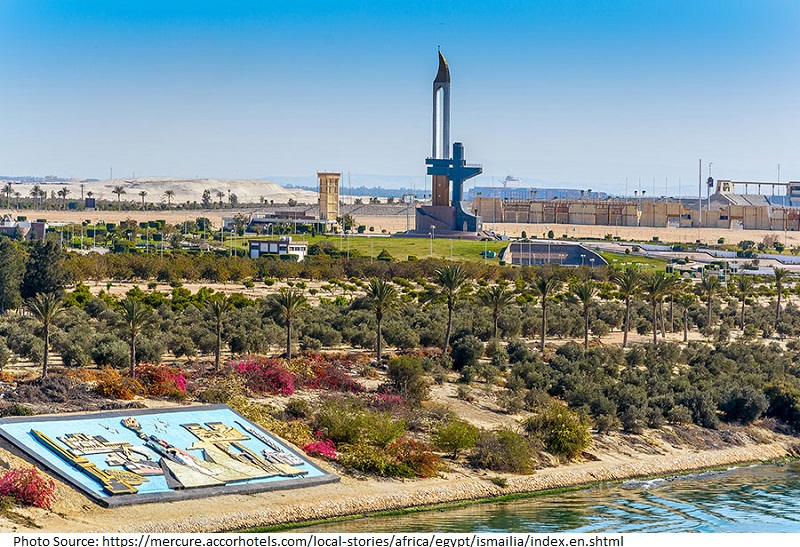
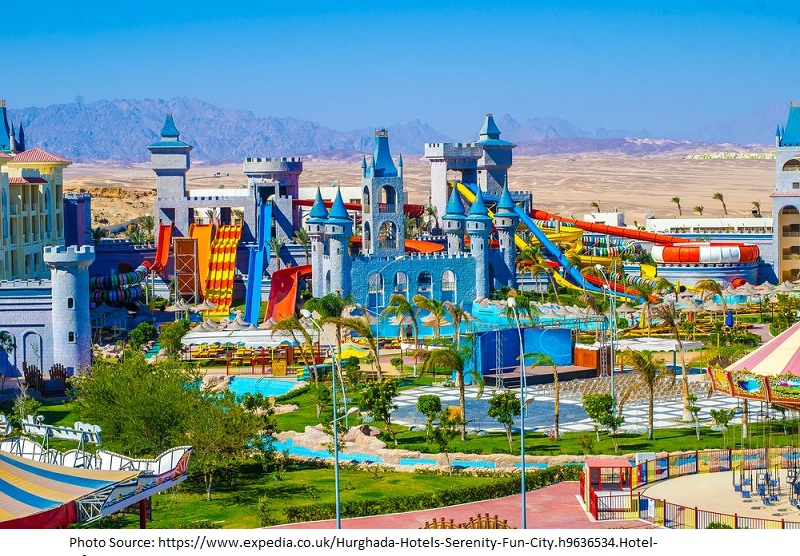


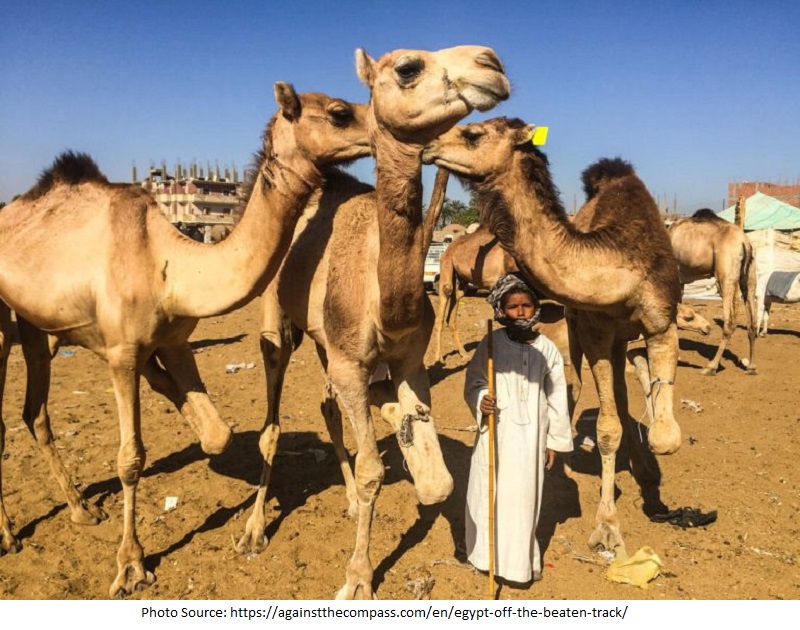
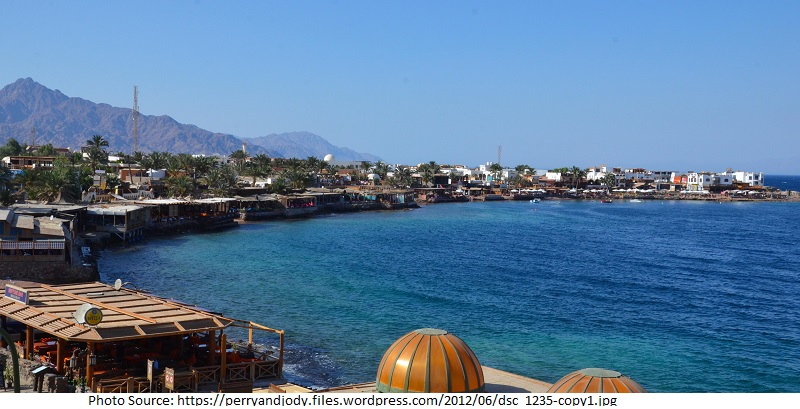


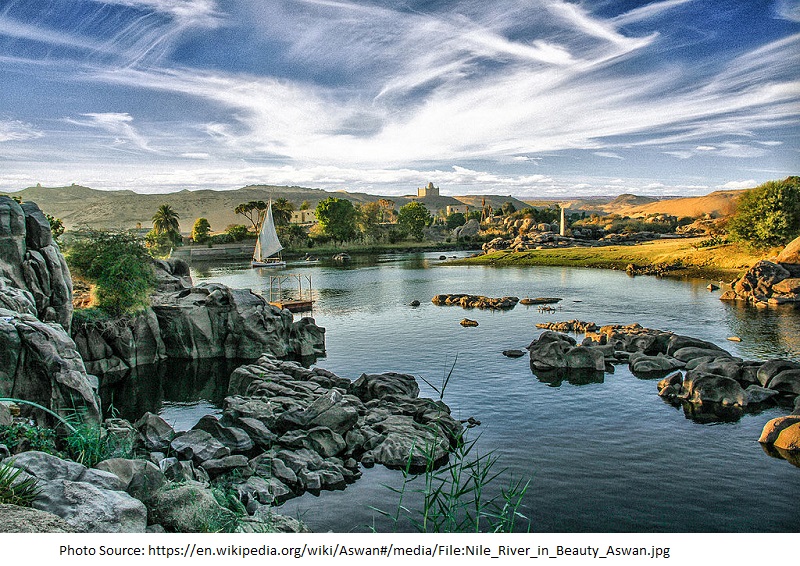
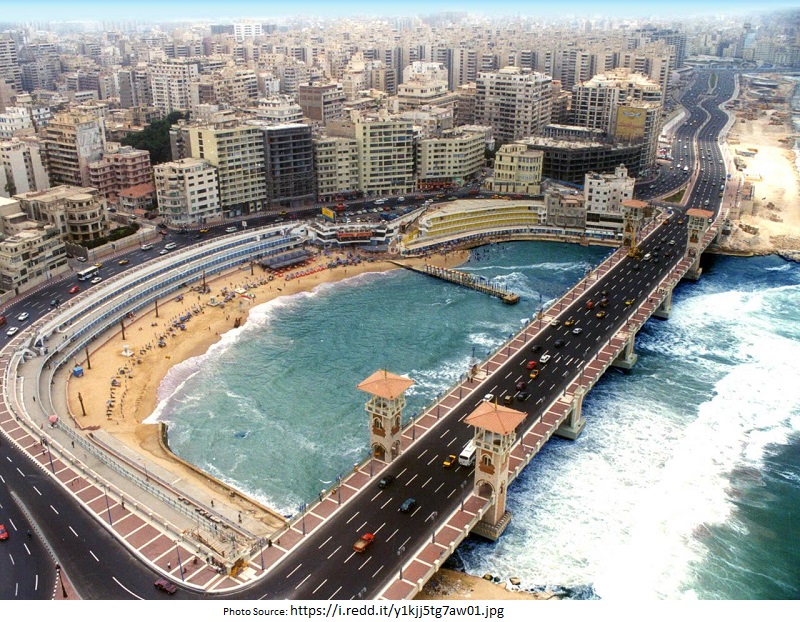
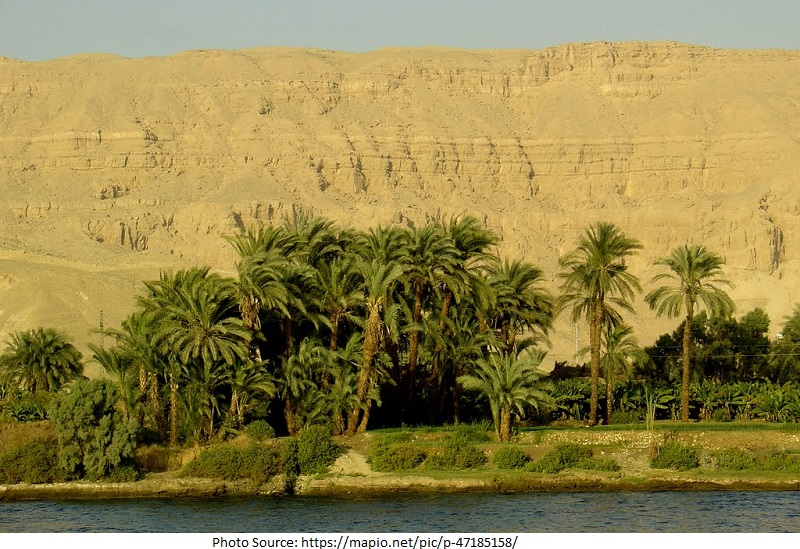
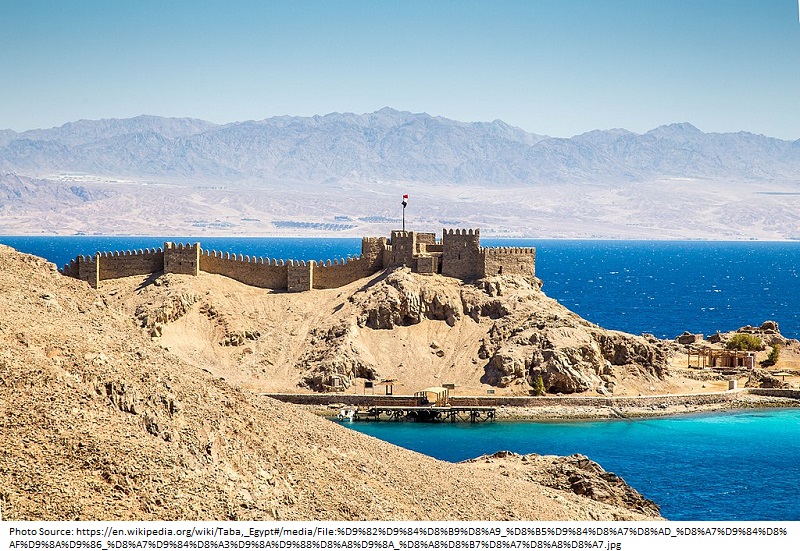
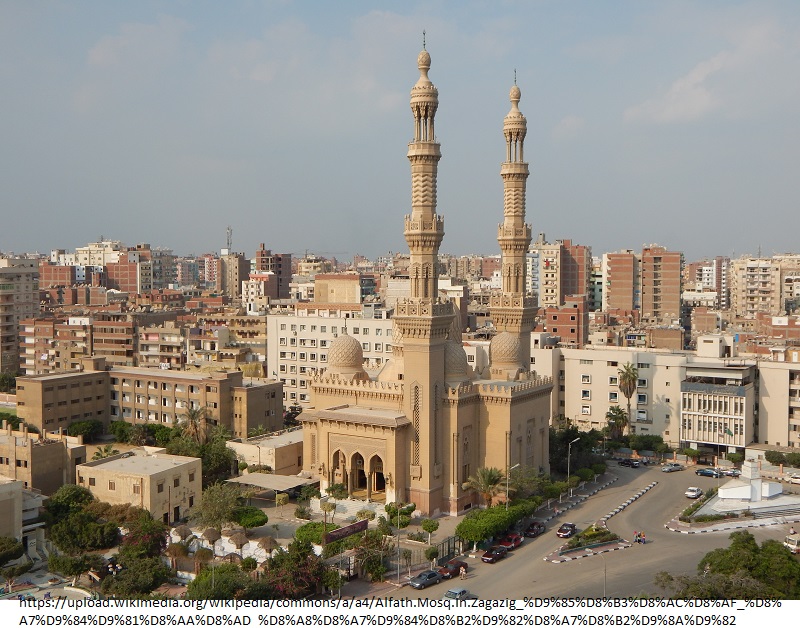

I am totally agree with this list on Egypt ! Can’t believe I’ll be going to 10 places in this list.
thanks